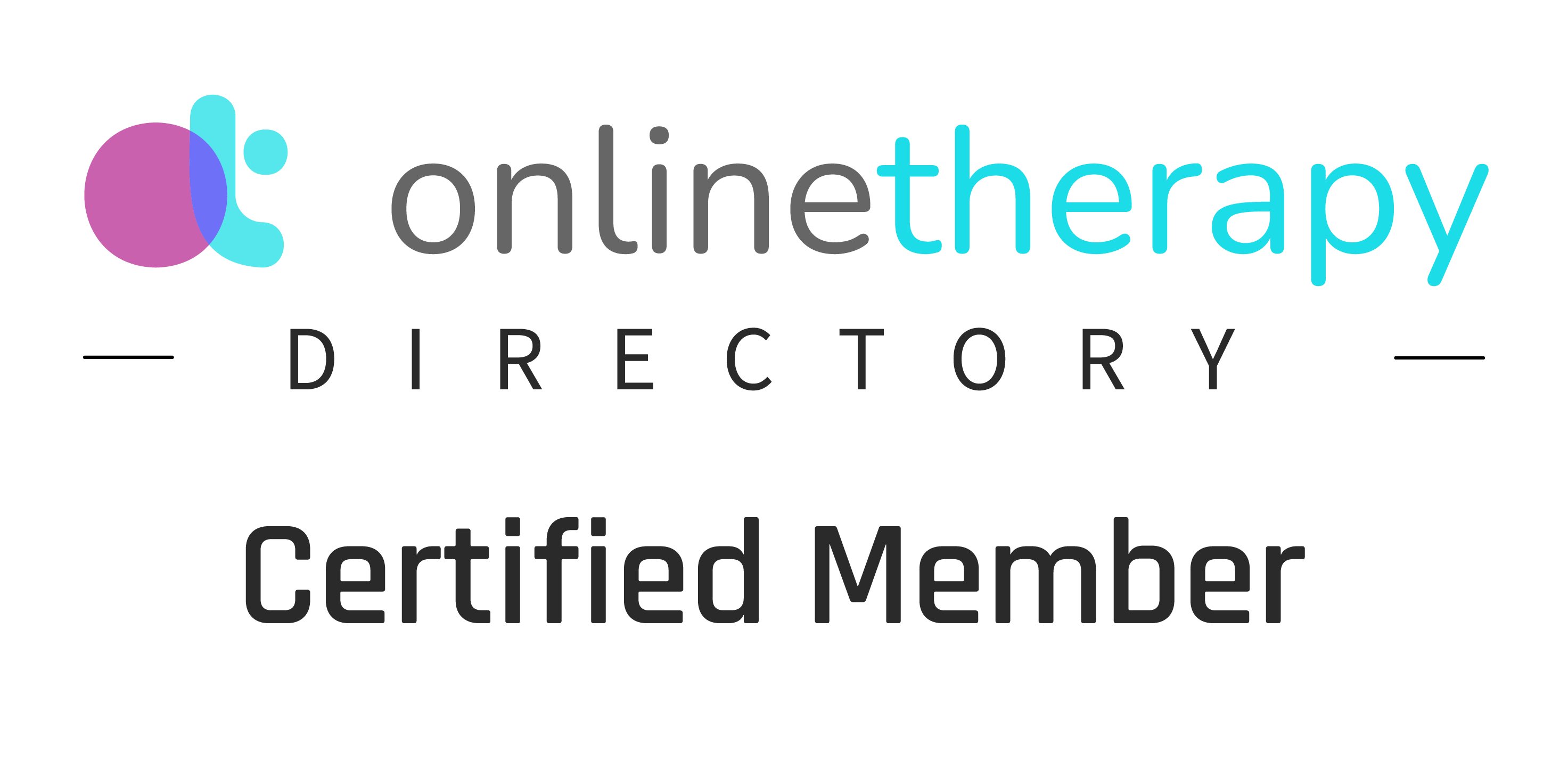Comparing CBT, DBT, EMDR, and OEI Therapy: Which One Is Right for You?
When you’re exploring therapy, it can feel overwhelming to choose between approaches like CBT, DBT, EMDR, and OEI. They may all sound similar at first, but each one has a different focus and purpose.
Some therapies—like CBT and DBT—are especially helpful for managing symptoms and building coping skills, while others—like EMDR and OEI—go deeper into processing trauma and healing at the root level.
Understanding what each one offers can help you make a more informed decision for your care—especially if you’re navigating time constraints, finances, or the emotional energy you have for therapy right now.

Cognitive Behavioural Therapy (CBT)
Best for: Anxiety, depression, negative thinking patterns, and building coping skills.
CBT is one of the most widely used therapies and is especially helpful for people wanting structured, goal-focused support. It focuses on how your thoughts influence your feelings and behaviours—and how changing those thoughts can shift your experience.
What it looks like in session:
- Identifying negative or unhelpful thought patterns (e.g., “I always mess things up”).
- Practicing reframing techniques to create more balanced thoughts.
- Working on behaviours that reinforce anxiety or low mood (e.g., avoidance).
When CBT is helpful:
CBT is a good option if you need short-term, practical tools to manage everyday stress, anxiety, or low mood. It’s not always trauma-focused, but it can offer important symptom relief while helping you feel more in control.
CBT could be a good fit if you:
- Want a structured approach with homework and clear goals
- Are navigating limited sessions or insurance coverage
- Are not ready (or don’t need) to revisit deeper emotional wounds
- Enjoy homework and structure in therapy
Dialectical Behaviour Therapy (DBT)
Best for: Emotional intensity, self-harm, unstable relationships, and impulsive behaviour.
DBT builds off CBT but adds mindfulness, emotional regulation, and acceptance-based strategies. It was originally created to support people struggling with chronic emotion dysregulation—especially those with borderline personality traits or a history of trauma.
What it looks like in session:
- Learning four core skills: mindfulness, emotion regulation, distress tolerance, and interpersonal effectiveness.
- Balancing acceptance (of where you are now) with change (working toward your goals).
- Often includes both individual therapy and group skills training.
When DBT is helpful:
DBT is great if you feel overwhelmed by your emotions or constantly swing between extremes. Like CBT, it focuses more on symptom management rather than diving into the roots of trauma—but it provides essential skills for staying grounded and safe.
DBT may be a good fit if you:
- Experience emotional flooding, panic, or impulsivity and need emotional regulation tools
- Need practical, repeatable tools
- Are seeking structure and support, especially in crisis

Eye Movement Desensitization and Reprocessing (EMDR)
Best for: Trauma, PTSD, disturbing memories, emotional flashbacks, sticky thought patterns, relationship and attachment focused work
EMDR is a trauma-specific therapy designed to help you process painful or stuck memories in a way that allows your brain to reorganize them and let them go. It uses bilateral stimulation (like eye movements or tapping) to support this natural healing process.
What it looks like in session:
- Identifying a “target memory” and the belief it created (e.g., “I’m not safe”).
- Reprocessing that memory while engaging in bilateral stimulation.
- Gradual reduction in emotional intensity and distress tied to the memory.
When EMDR is helpful:
Unlike CBT or DBT, EMDR doesn’t focus on coping with symptoms—it focuses on resolving the root causes of your distress. It can feel intense but often leads to deep, lasting shifts.
EMDR may be a good fit if you:
- Have experienced trauma or events that feel unresolved
- Want to work below the surface without retelling every detail
Are seeking long-term healing, not just symptom relief
Observed and Experiential Integration (OEI)
Best for: Trauma, PTSD, anxiety, body disconnection, and emotional overwhelm, relationship and attachment focused work
OEI is a somatic therapy that integrates mind, body, and nervous system to gently process trauma or difficult emotional experiences. It often involves eye-positioning techniques (such as covering one eye or tracking visual fields) to access and integrate unresolved parts of the self.
What it looks like in session:
- Engaging in simple, guided eye exercises or visualization.
- Tracking physical sensations and emotional responses in the body.
- Integrating fragmented or “stuck” emotional experiences without needing to talk through them in detail.
When OEI is helpful:
OEI is particularly suited for trauma survivors, highly sensitive individuals, or anyone who feels dysregulated by traditional talk therapy. It helps you go deeper without being overwhelmed, especially when trauma is stored in the body. OEI was developed after EMDR and is often considered a “gentler” approach than EMDR by some.
Good fit if you:
- Experience physical symptoms tied to stress or trauma
- Find talking about trauma too triggering
- Are looking for gentle, non-verbal ways to heal
- Have tried EMDR but found it overwhelming

So… Which One Is Right for You?
Here’s a side-by-side comparison:
| Therapy | Primary Focus | Strengths | Consider If You… |
| CBT | Symptom management | Structured, practical, short-term | Need tools to manage anxiety or negative thoughts quickly |
| DBT | Emotion regulation | Coping strategies for big feelings, impulsivity | Feel emotionally overwhelmed or reactive |
| EMDR | Trauma processing | Deep healing of unresolved memories | Are ready to face and reprocess trauma at its root |
| OEI | Trauma processing/body integration | Gentle, body-based healing | Feel stuck, dissociative, or overwhelmed by talk therapy |
Final Thoughts
CBT and DBT are excellent tools when you need to feel better now—to get through the day, the week, or a tough season. They’re practical, structured, and especially useful when you’re working within limited time or financial resources.
However, if you find that your symptoms keep coming back, or you’re ready to go deeper into your healing, EMDR and OEI offer a chance to address the root of the pain—not just manage it.
At Haven Wellness Collective, our therapists are trained in a range of approaches, and we work collaboratively with you to figure out what makes the most sense for where you are right now. You don’t have to choose perfectly from the start—therapy is a journey, and it’s okay to adjust as you go.
Curious to Learn More?
Reach out to schedule a free consult and explore which approach or therapist might be the best fit for your needs. Whether you’re looking to manage anxiety, heal from trauma, or reconnect with your emotions—we’re here to help.




